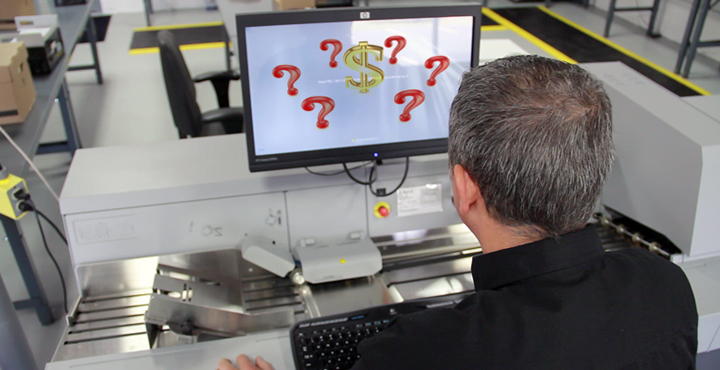
How to Estimate Costs for a Document Imaging Project – Part Two
As we pointed out last week, estimating the cost of a document imaging project can be a tricky exercise. Unless you have had first-hand experience with multiple conversion projects, it is difficult to know all the various elements that come into play.
To help you estimate the cost of your imaging project, we started last week by gathering the basic info about the project. This included the number, type and size of documents, as well as the required project completion date. From there, we looked at expected equipment costs, including the machines themselves as well as maintenance costs. We finished up with a look at the many factors that go into labor costs.
This week we round out our checklist by looking at facilities costs and a number of miscellaneous costs.
What’s the cost of the space?
Depending on where you’re conducting the scanning project, you may need to consider the cost of the square footage of the facility. Sometimes, this needs to be viewed as an opportunity cost – what else could you have been doing in the facility during the time you’ll be carrying out the scan?
When looking at the facility, you’ll also need to include the costs of cabling and other infrastructure like lighting, cubicles, or separators.
Electrical and other utility costs also come into play. During scanning projects these can rise significantly due to the constant running of the equipment and the requirements of project staff.
Miscellaneous costs
In our experience working on many, many document imaging projects, we have pretty much seen it all. For the most accurate estimate of costs – or a range of possible costs – you may need to factor in items and contingencies such as:
- labor costs for overtime hours or project overrun
- HR costs associated with recruiting
- office consumables
- an inventory clerk to print separator sheets
On longer projects, you may even want to factor in attrition costs due to staff turnover or even cost-of-living increases.
Putting it all together
While the checklist provided in our last two blog posts can’t help you with the calculations, it will at least ensure that you cover all the possible costs you might encounter. When it’s all said and done, the value of the exercise lies in helping you choose the project approach (outsourced or in-house) that works best for your goals, budget and available resources.
Next Steps
- For a more detailed checklist, download our guide, The Real Cost of Document Imaging.
- Need help with your imaging project? Get in touch!





